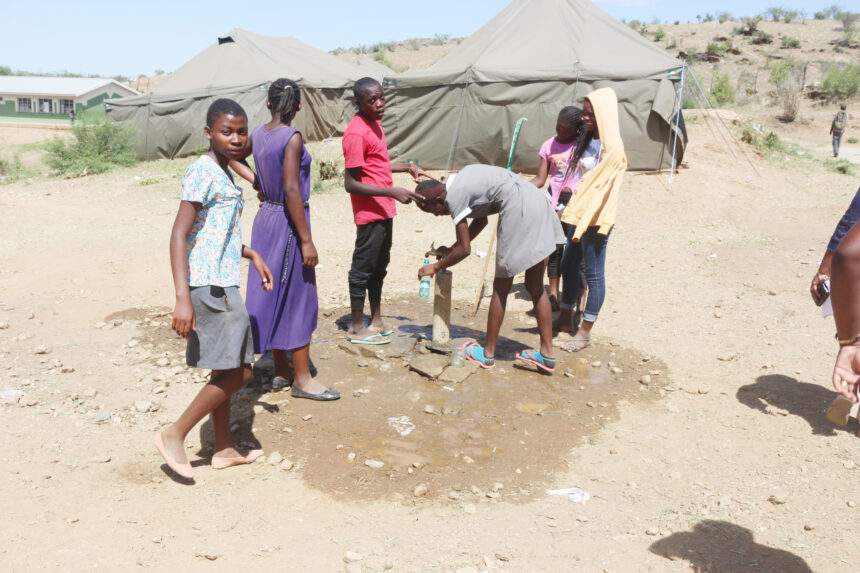Gabriel Tomas
OMUTHIYA – Twenty-six schools operate without potable water in the Oshikoto region, the Directorate of Education, Innovation, Youth, Sports, Arts and Culture in the region has reported.
Deputy director of programmes and quality assurance, Thomas Kalimbo told Nampa in an interview on Tuesday that these schools rely on the Directorate of Rural Water Supply and NamWater to ferry water to the schools.
“Sometimes they do not deliver water on time,” he said.
Kalimbo noted that they continue to engage the relevant authorities to provide potable water to the identified schools.
Meanwhile, 13 schools in the region are without electricity.
“We have engaged the line ministries in terms of the provision of these basic services and we have been informed that several schools might be electrified by next year with the support of NamPower in the region,” Kalimbo added.
Other challenges faced by schools in the region, according to Kalimbo, are inadequate teaching and learning resources such as textbooks and science laboratory materials.
“We continue to experience overcrowded classrooms. The shortage of classrooms is impacting quality teaching,” Kalimbo said.
He said 226 learners that were affected due to recent floods have resumed classes, after they were unable to attend school for a week.
“Thirteen schools were affected by the flood, but we only received a report of two schools that temporarily suspended classes,” he said.
This was because of learners having had to cross high levels of water on their way to school.
“These schools, Iipopo Combined School and Oshiyagaya Combined School in the Onyaanya circuit, have indicated that they need access roads and sand filling to curb the water that is on the school grounds,” he said.
The region has a total of 229 schools. -Nampa


